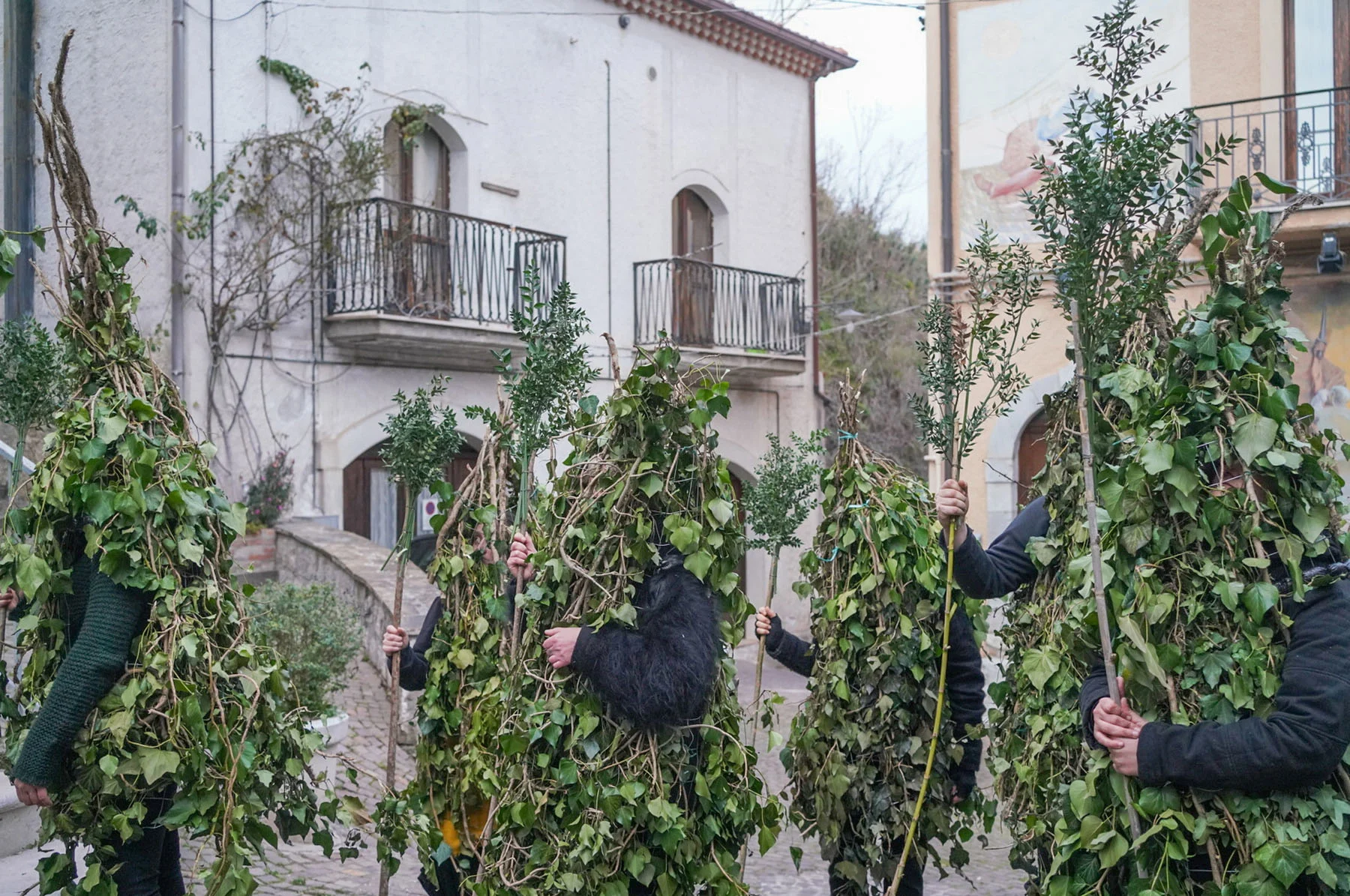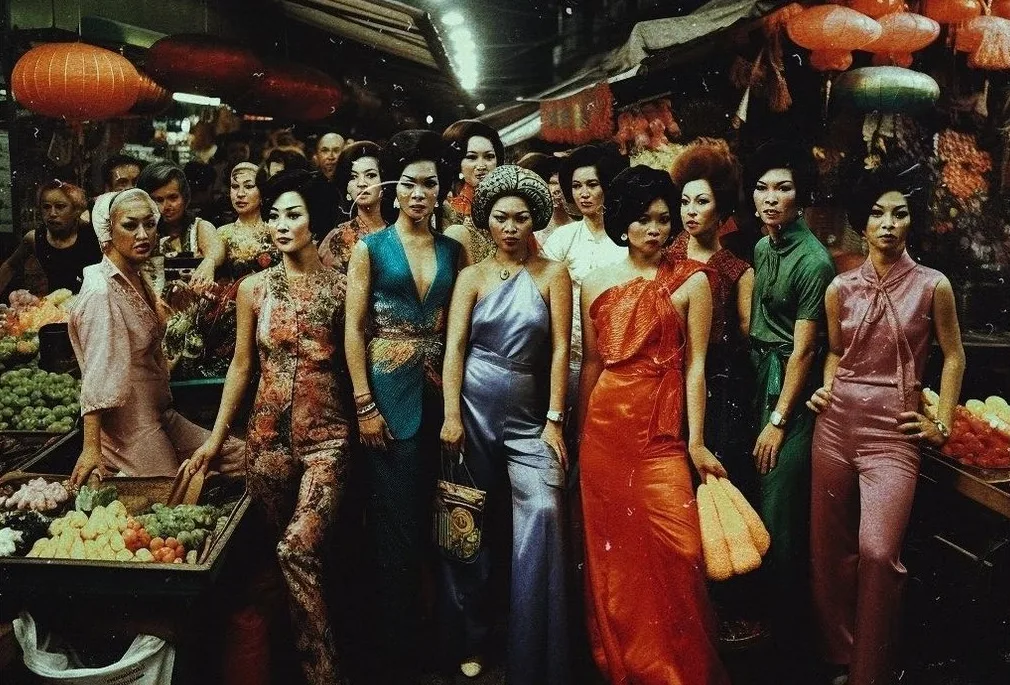

Soлomiya is a Ukrainian independent magazine allowing artists and writers to reckon with life at war. Launched in response to Russia’s full scale invasion of Ukraine in 2022, it provides a platform for artists and academics to reflect intimately on their tumultuous experiences, grapple with the crippling questions the conflict has forced them to consider and attempt to piece together a creative voice, a sense of identity, amidst the chaos. Here, the magazine’s team of daring young creators tell Alix-Rose Cowie about the story behind it, and the need for strong, subjective voices to stand against dictatorship.

Soлomiya is something that seems impossible: an independent, artist-run print magazine out of Ukraine. But behind it is an astute and daring young team lit up with an urgency to publish what’s on the hearts and minds of their generation’s artists, photographers, writers and academics embroiled in the lulls and strikes of an ongoing war. Launched in 2022, in response to Russia’s full-scale invasion of Ukraine, Soлomiya is lovingly and fiercely steered by Vsevolod Kazarin, Ivanna Kozachenko and Andrii Ushytskyi in Kyiv, and Sebastian Wells between Kyiv and Berlin. The magazine is art directed by Kollektiv Scrollan, a Berlin design studio by Anne-Lene Proff and Peter Bünnagel, published by Shift Books in Berlin and distributed worldwide.


The first issue opens with a contemplative piece by Andrii Ushytskyi framed within the fraught routine of taking shelter with his neighbours in the basement of his apartment block in Kyiv whenever air raid sirens signal Russian bombardments. The beginning of 2022 was meant to be the start of his career as a 21-year-old English literature graduate. “I remember how my grandpa always used to tell me that the early twenties are those years when we are testing the ground only to see how firmly we are standing,” he says. “It is the time when you ask questions like: ‘Who am I?’, ‘What can I give?’, ‘Which values hold my world together?’”
For the Soлomiya team, and their Ukrainian peers born around 2000, this personal grappling, discovery and becoming has been snarled with the racking reality (and surreality) of war. The experiences can’t be untangled, but Soлomiya exists, in part, for creatives to reckon with, through expansive mediums, the young adulthood they’ve been dealt.

Whether through collage, conceptual photography or experimental writing pieced together from observations hastily typed into a Notes app, variety of expression is a core principle of the publication, as is sharing nuanced perspectives—something that can be easily drowned out by a rallying cry. “Between ourselves, we decided that all the stories, including our own that we produce as artists or writers, would be from a subjective standpoint,” says Kazarin, who’s a photographer. “It’s something which deeply concerns us, and we try to give this platform to artists to reflect on the world from a very intimate position.”


In April 2024, the conscription age for Ukrainian men was lowered from 27 to 25 to increase the number of troops enlisted to defend the country. In issue 3 of Soлomiya, Kazarin reflects on the looming probability of conscription to the armed forces, through a series of documentary-style images and portraits of male friends alongside the open-ended questions swimming in his head: “What makes me a man?”, “How much time do I have?”, and “What if we spend our entire youth at war?” One portrait is of a young man in a grey T-shirt in an urban setting: like any contemporary portrait, except his left arm is slung and stapled with a chrome contraption holding it in place, an injury from the frontline. Another image is of a father and son at a shooting range. The dad, a military instructor, has been preemptively training his son to use an automatic weapon to ensure his best chances of survival should he be called up to fight. It’s jarringly flanked by the question, “Can I kill to survive?”

The answers to Kazarin’s questions may not matter as much as the asking, and in the layout of the magazine, each simple but devastating string of words is given a whole page to itself. This room to think has become a higher purpose of the magazine for everyone involved; and questioning has become the only language that makes sense. In contrast to livestreams and television news tickers, the physical magazine is designed in a way that forces the reader to slow down and consciously absorb the information. Bound with an elastic band, the only way to read it is to place it down on a tabletop and carefully turn the pages.
“We’re faced with more and more information every day, and this overload is mostly online,” Kozachenko says. “Having this material object is a really special opportunity to bring our stories into a dimension where we can touch, see and feel the ideas.” Ushytskyi adds: “Having it as a physical object feels more powerful and also more precious.”

As the war has progressed, and indefinitely shaped the lives of Soлomiya’s editors and contributors, it has influenced the voice of the magazine. “We were working so fast on issue 1, you can sense our defiance,” Ushytskyi says. “We could not fully comprehend what was happening. There are pretty horrendous things that we talk about.” Artworks from Ukrainian visual artist Sasha Kurmaz’s “Living With The Fear of Being Harmed by Other Humans” are printed on the cover and in the last few pages. The series of bright red silkscreen prints show images of mutilated human bodies—the artist’s statement against the violence of people against one another.
“War Dreams” in the third issue is a series by Italian photographers Jean-Marc Caimi and Valentina Piccinni made in 2015 during the invasion of Donbas by Russian separatists. The photographs are intimate portraits of soldiers-in-training who were asked to close their eyes and describe what they saw. Printed next to their Polaroids are scribbled notes of the thought that arose in that quiet moment before re-opening their eyes to the imminent reality of heading to the frontline. One from Codename Kromakha—who’s 20 and from Kramatorsk, Donetsk region—reads: “I am thinking about my girlfriend.”

Neither project is war photography in the traditional sense. Joining the Soлomiya editorial team from Berlin, photographer Sebastian Wells describes these projects as “photography in the situation of war, that uses the method of documentary photography while being very personal.” As a curator, Kozachenko believes photography to be crucial to the act of witnessing. “Images are a kind of portal for understanding the event itself,” she says. Giving pages to photography that’s abstract, conceptual or emotional complicates the issue; which is the whole point.
Though it’s an unpaid endeavor, along with Kazarin, Wells and Ushytskyi, Kozachenko considers editing Soлomiya to be her occupation. Not knowing when the terror will end, the gathering to discuss themes or meeting printing deadlines gives each member a structure when everything is uncertain. Making art, taking photographs or editing a magazine is a way of claiming an identity in the face of global forces deciding one’s fate. Up against dominance or violence, concepts like vulnerability or sharing a personal experience might seem frail, but Wells sums up the purpose of Soлomiya when he says, “When we’re holding up the flag of subjectivity, we believe that authorship is a very strong force against dictatorship. I think what we're trying to do is a very democratic principle.”

